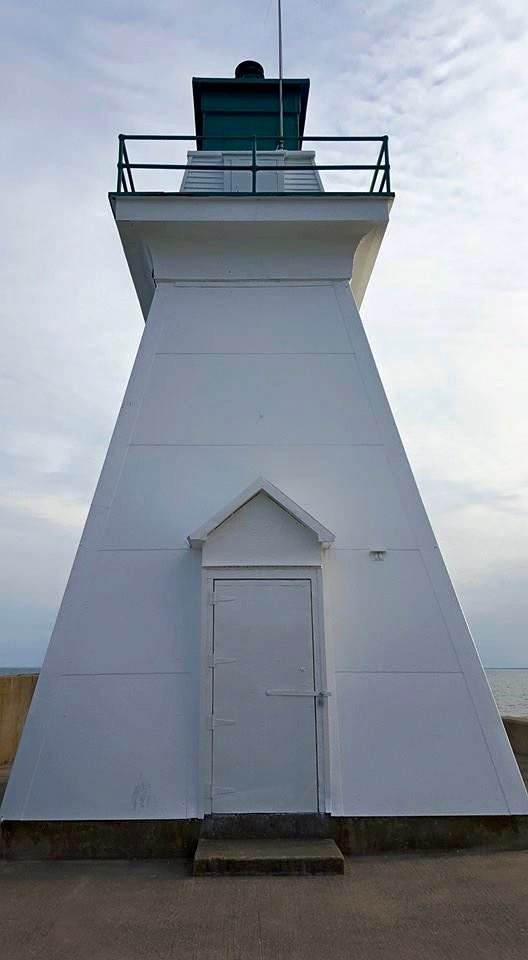EXPLORE
Port Dover Lighthouse
Historical Significance
The Port Dover Lighthouse, in its various incarnations, has remained the one constant at the end of the west end pier, at the entrance to Patterson’s Creek and the subsequent harbour since about 1843.
It has survived fires, crashes, hurricane force winds, winter’s fury, a major move and finally graffiti. To this day, it is a symbol of the community of Port Dover and is one of the oldest examples of the small wooden lighthouses built in pre-Confederation Ontario. Much has been written about the history of this lighthouse.
The Port Dover Lighthouse, in its various incarnations, has remained the one constant at the end of the west end pier, at the entrance to Patterson’s Creek and the subsequent harbour since about 1843. It has survived fires, crashes, hurricane force winds, winter’s fury, a major move and finally graffiti. To this day, it is a symbol of the community of Port Dover and is one of the oldest examples of the small wooden lighthouses built in pre-Confederation Ontario. Much has been written about the history of this lighthouse.
According to an article written by Dr. J. A. Bannister, the Port Dover harbour was taken over by the government in 1842. Very soon thereafter, along with building of the Hamilton Plank road, improvements were started on the harbour including construction of a lighthouse.
Once completed, the lighthouse was a “boon to the rapidly increasing shipping industry in the harbour and made it possible for vessels to enter the harbour by night as well as by day.”
The lighthouse accidently burned in the late 1840s and was rebuilt the following year.
Once completed, the lighthouse served the port during the busy years that saw the expansion of the shipping of many commodities such as grain, lumber and coal with finally the development of the fishing industry and tourism.


